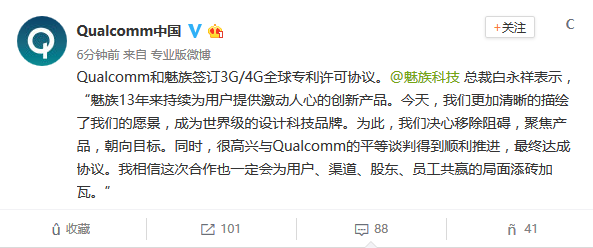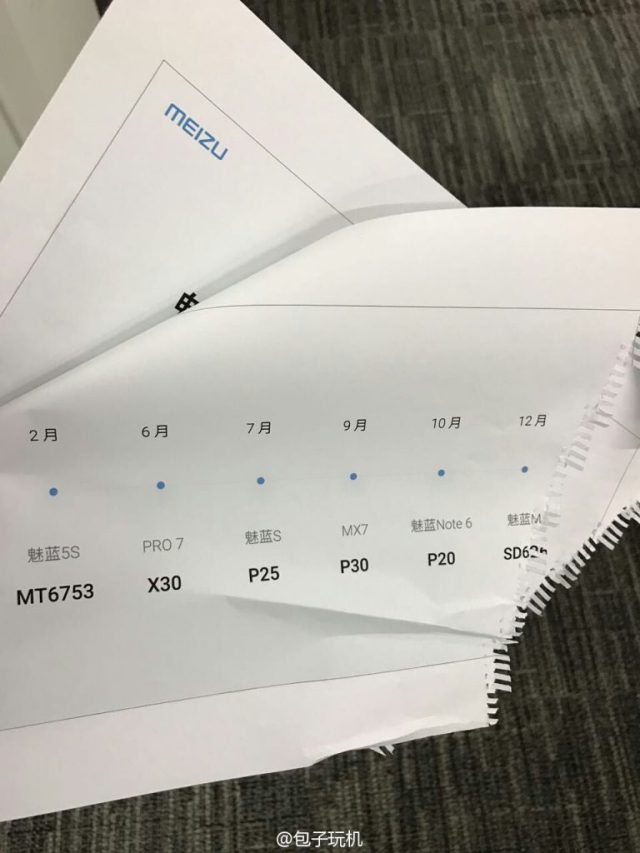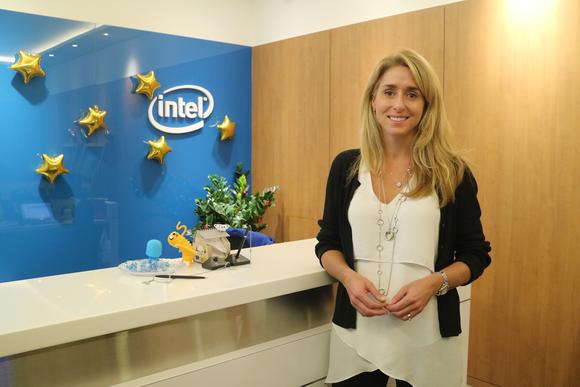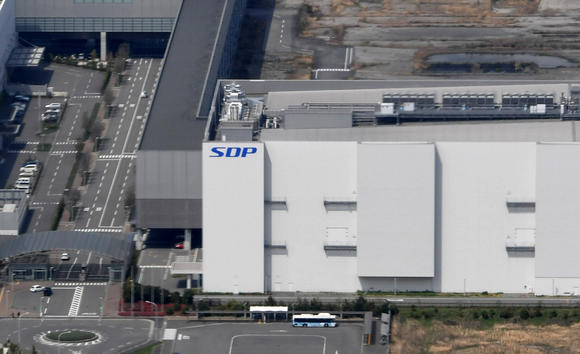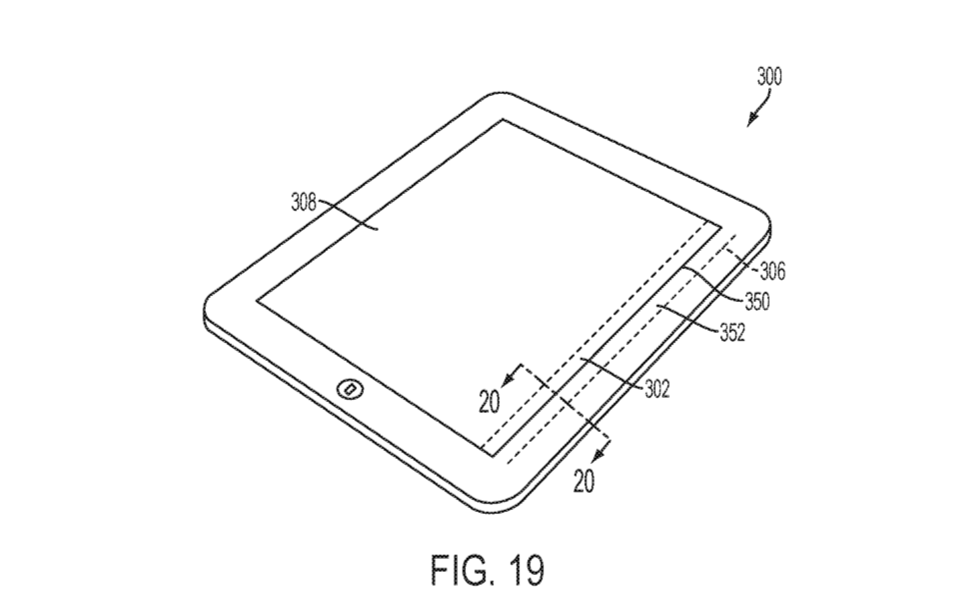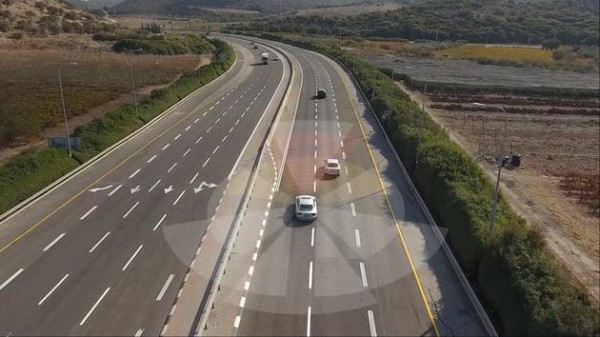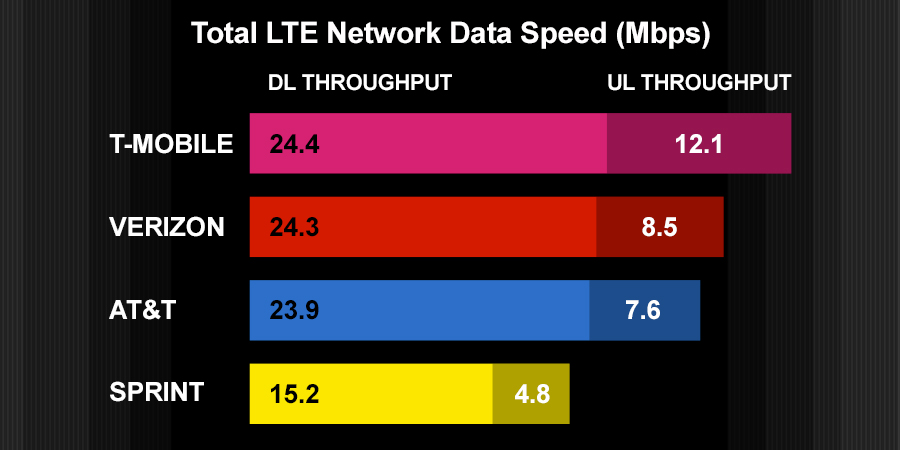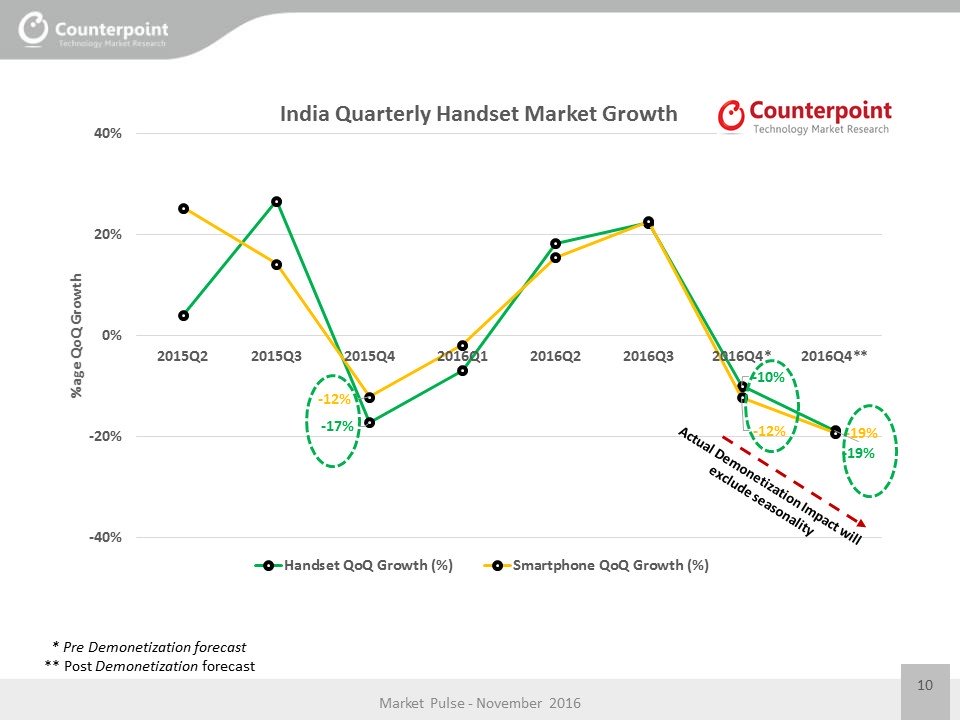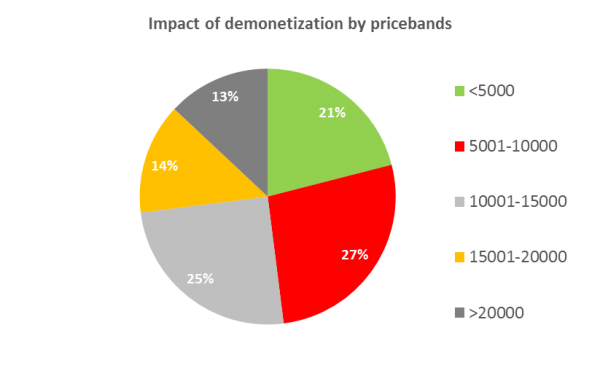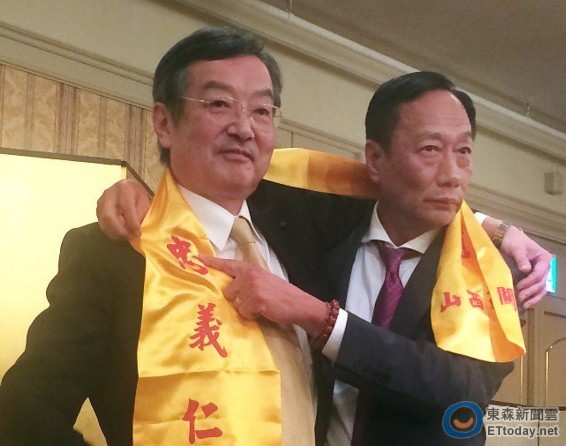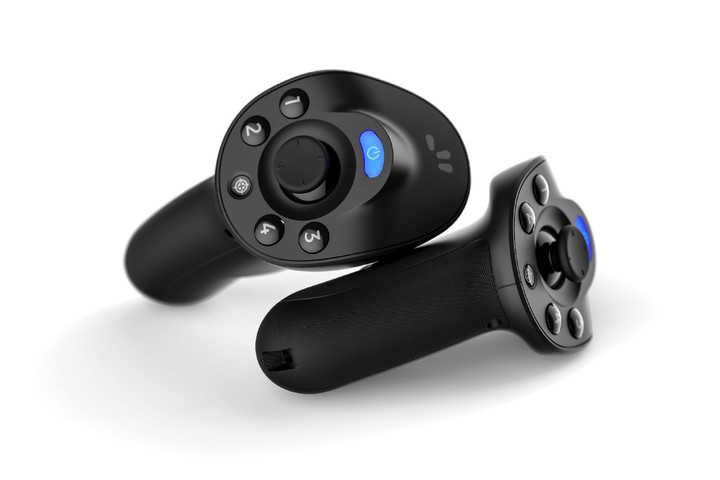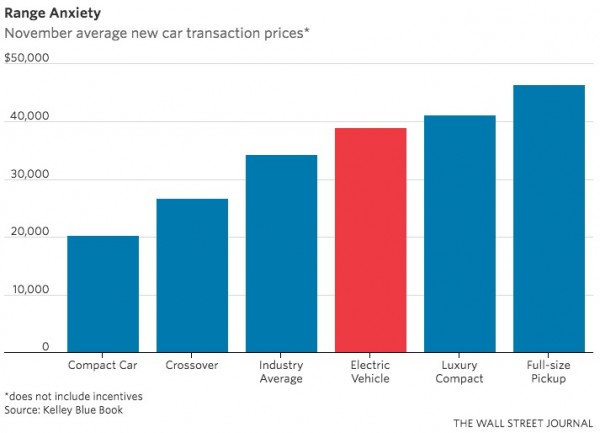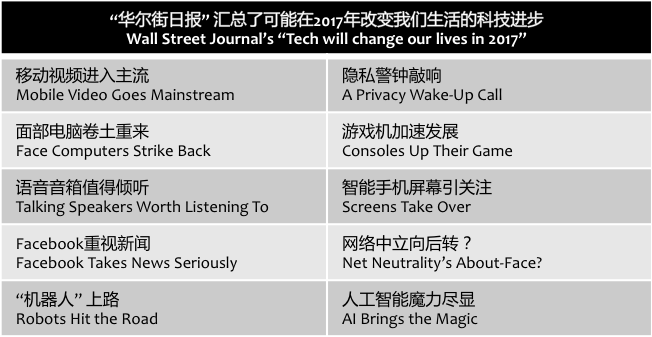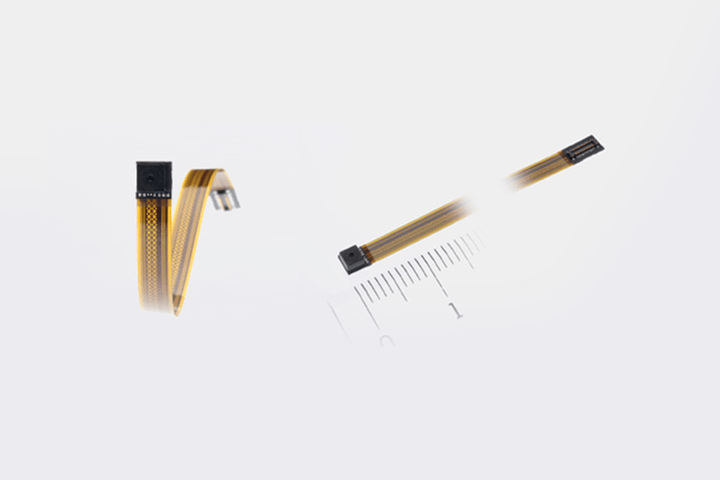
12-30: Qualcomm and Meizu have signed 3G/4G agreement; Visibility of component orders from some China-based smartphone vendors for 1Q17 has become weak recently; etc.
Chipsets
Qualcomm Incorporated and Meizu Technology announced that, based on equal and fair negotiation, they have reached a patent license agreement whereby Qualcomm grants Meizu a worldwide royalty-bearing patent license to develop, manufacture and sell CDMA2000, WCDMA and 4G LTE (including “3-mode” GSM, TD-SCDMA and LTE-TDD) complete devices. (Laoyaoba, Reuters, Bloomberg, PR Newswire, CN Beta)
Meizu’s product planning for 2017 is leaked, and it seems MediaTek powers majority of its products with MT6753, Helio X30, P25, P30 and P20. Qualcomm Snapdragon 626 seems to appear in the product roadmap too. (Gizmo China, GizChina, 163, iFeng)
VP of product management of Qualcomm Tim Leland indicates that Qualcomm Technologies is bullish on virtual reality and augmented reality, but it is not satisfied with the technology yet. Over time, Qualcomm wants to bundle all of the tech necessary for VR in smaller and more comfortable packages. (Yahoo, VentureBeat, Laoyaoba)
Intel aims to gain the upper hand in the budding field of AI with a new lineup of chip products in 2017, says VP Raejeanne B. Skillern. (Laoyaoba, Asia Nikkei)
Touch / Display
According to Digitimes, Samsung Display will become the exclusive supplier of AMOLED panels for Apple’s new iPhone devices in 2017 and can supply 20M units in maximum a month. Nissha Printing will supply touch sensors for use in AMOLED panels and bonding of touch sensors and AMOLED display panels will be undertaken by either Samsung Display or TPK Holding and General Interface Solution (GIS). (Apple Insider, Digitimes, press, CN Beta)
Hon Hai Precision Industry plans to turn an LCD screen joint venture with Sharp into a subsidiary, investing a total of JPY52.1B (USD447M). Hon Hai subsidiary Sharp will sell 436,000 shares in Sakai Display Products (SPD) for JPY17.1B to an investment company owned by Hon Hai chief Terry Gou. Sharp’s stake will decline from around 40% to just over 26%. (CN Beta, 4-Traders, Focus Taiwan, Asia Nikkei)
An estimated 150M flexible AMOLED panels for use in smartphones will be shipped globally in 2017, triple the shipments in 2016, according to Digitimes. Also, in 2017, smartphones with LTPS panels will have narrow-bezel screens with a ratio of screen to front exceeding 90%. (Digitimes, press)
Apple’s patent application for an “Input/output device with a dynamically adjustable appearance and function” describes a keyboard, trackpad, mouse system capable of adjusting its appearance, and thereby input scheme, through built-in e-ink panels. Alternatively, the same technology can be applied to sections of portable devices like the bezels of an iPad. (TechNews, USPTO, Apple Insider)
Camera
Backed by Foxconn Electronics, Sharp is likely to increase its investment in Japan-based lens module maker Kantatsu in order to compete with Taiwan-based Largan Precision to secure lens module orders from Apple for iPhone devices. Kantatsu is capable of producing of over 12MP camera modules with a yield rate that is comparable to Largan Precision. (Apple Insider, Digitimes, press, CN Beta)
Sony recently unveiled the development of a 1MP, 2mm sensor. The sensor captures images at about 1,296 pixels at the longest edge. That sensor is paired with a low-profile lens that measures 2.6mm. Sony reduced the number of conductor pins to 20 to shrink the connection down to 3.3mm. (Digital Trends, Yahoo, EE Focus)
Sensory
Nokia mapping spin-out Here is working with Mobileye, the company that creates computer vision chips, cameras and other tech. They are going to be pairing Mobileye’s Roadbook, which identifies and maps drivable routes in real-time using crowdsourced data, with Here’s HD Live Map, as a layer that can add to its existing data. (PR Newswire, TechCrunch, CN Beta)
Cornell Tech has created Keymochi, which uses typing speed, punctuation changes, smartphone motion sensor data, time of day, number of backspaces, distance between keys and try and gauge user’s emotions. This dada is fed into a machine-learning model to decode, with the results reportedly 82% accurate. (Digital Trends, Cornell Tech)
Sony’s independent subsidy Sony Semiconductor Solutions showcasing DepthSense 541, the world’s smallest 3D depth sensing time-of-flight (ToF) camera created especially for mobile platforms. It is a product created after acquiring Softkinetic Systems in Oct. 2015, combining technologies of both companies. (Laoyaoba, PR Newswire)
Memory
SK Group has conducted a large-scale personnel reshuffle of its top managers. SK Hynix executives got some promotion, including the CEO Park Sung-wook. This indicates the position of SK Hynix in the corporation. Also, industry thinks that this move implies SK Group is putting SK Hynix in the center, and pushing development of automotive. (Laoyaoba, HC360, EE World, Korea Times)
Connectivity
Recent cutbacks and turbulence at Alphabet’s Google Fiber service are generating speculation about a possible sale or spin off of the business. Operating as part of the company Access in Alphabet’s “other bets” division, the fiber service has recently seen its CEO depart without being replaced, halted expansion in new cities, and laid off almost 10% of its staff. (CN Beta, Fortune, The Information)
T-Mobile demos nearly 1Gbps speeds on its LTE network with unreleased phone. The company was able to get download speeds to that phone as high as 979Mbps on its current LTE network, through the use of three carrier aggregation, 4×4 MIMO and 256 QAM (quadrature amplitude modulation). (Android Authority, T-Mobile)
Smartphones
The visibility of component orders from some China-based smartphone vendors, notably Huawei, Xiaomi and LeEco, for 1Q17 has become weak recently, cited by Digitimes. Smartphone inventory levels in the China market have scaled up recently as sales growth of mid-range to high-end smartphones have been slowing down, forcing some vendors to pull in component orders slowly. (Digitimes, press, Laoyaoba)
Nomura analyst Joel Ying reckons 457M units in 2016 – which implies 10% growth compared to 2015 – after revising his estimate from a previous 445M units shipment in China. Ying also forecasts a further 3% YoY growth in 2017, thanks to: 1) continued 4G migration; and 2) relatively stable subsidy and market amounts from operators. (Barron’s, blog)
On 8 Nov 2016 India’s Prime Minister Mr. Narendra Modi announced that INR500 and INR1,000 notes – that make up 86% of cash in circulation – could no longer be used as legal tender to buy goods and services. According to Counterpoint, over 90% of retailers reported that demonetization had negative impact on their business. However, over 85% expected that the situation would normalize quickly. Further the impact was largely seen in sub USD150 segment which is contributing to almost 3/5th of total smartphone sales in the country. (Counterpoint Research, press)
Hon Hai Precision Industry says its Yantai-based precision electronic subsidiary fully acquired a Nanjing-based precision electronic company at CNY198M in total. (Laoyaoba, ET Today, OLEDW, Reuters)
Apple reportedly plans to make iPhones for the Indian market in Bengaluru. Wistron is setting up a facility in Peenya, the city’s industrial hub, to manufacture the iPhones. The facility will start production from Apr. 2017. (Apple Insider, India Times, Gold678)
NPD analyst Stephen Baker believes that Android loyalists are committed, and even dangerous exploding batteries in Samsung Galaxy Note 7 were not enough to push significant numbers of customers over to Apple iPhone. “Most of those who bought or wanted to buy a Note 7 opted for a different high-end Galaxy phone,” says Baker. (WSJ, Tech Portal, Apple Insider, BGR, CN Beta)
Wearables
With its new Finch Shift tech, the Russian startup Finch has created a pair of joysticks that work in association with armband sensors on the upper arm to help track and visualize hand and finger movement in VR — without cameras or cables. (Digital Trends, Finch Shift, Baidu)
Twitter has activated live 360-degree video streaming capabilities through its subsidiary Periscope, an interactive feature that puts viewers in the middle of the action. (Android Headlines, Apple Insider, Mac World, MSN, CN Beta)
Internet of Things
The car of the future will be electric, connected and, eventually, self-driving. A new generation of long-range, affordably priced electric cars is about to hit the market, showing that auto makers can produce alternatives to gasoline-powered vehicles. However, electric cars are still unpopular with buyers and unprofitable for sellers. Consumers could buy a Jeep Grand Cherokee Limited Edition for about the same price, which is well above the average car price, according to Kelley Blue Book. (CN Beta, WSJ, article, Yahoo)
“Wall Street Journal” has listed a series of technologies that will change our lives in 2017. (CN Beta, WSJ, article)
According to Gartner, globally the number of connected units, relating to the IoT, will reach 26B by 2020, a 30-fold increase since 2009. The IoT market in India is expected to grow up to USD15B by 2020 from USD5.6B in 2016, driven by adoption across sectors like manufacturing, automotive, transportation and logistics, according to a report by Nasscom and Deloitte. According to 6Wresearch, India IoT Market is projected to grow at a CAGR of 28.2% during 2016-2022. In India IoT market, Industrial IoT accounted for majority of the market share followed by consumer IoT. (Laoyaoba, Enterprise Innovation)
